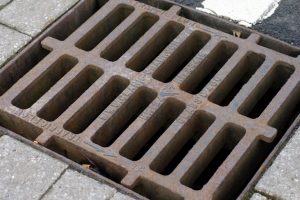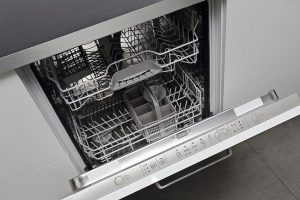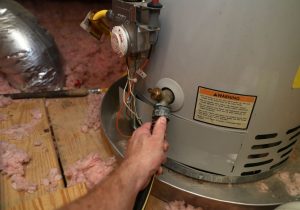Has your water heater maintenance fallen behind schedule? Is your bath all cloudy, it’s taking ages for the water to get hot after cranking on the tap, your system is making weird noises and a hot shower becomes a cold one a little too soon? It sounds like it’s time to learn how to flush a water heater … stat!
Now, at this point, it’s crucial to point out that plumbing regulations all across Australia are extremely strict – meaning just about everything except changing a tap washer or two requires the skilled services of a fully-licensed pro.
That being said, knowing how to flush a hot water heater can’t hurt, can it? After all, knowing how to flush hot water system technologies really isn’t that complicated, and it’s a task that both hot water plumbers and manufacturers recommend is done every now and then. If you know how to flush a hot water system in the simplest way, your chances of maintaining a system that is fully efficient and reliable over the long-term increase dramatically.
Why should you know how to flush a water heater? It’s simple – the build-up of sediment inside your system is inevitable, causing limited tank capacity, worrying noises, bunged-up drain valves and a general decrease in hot water efficiency and longevity.
First up:
- Put your gas valve in the ‘pilot’ position, ensuring your system won’t turn on mid-flush.
- Turn your electric hot water system off by finding the circuit breaker and flicking it to ‘off’.
How to flush a hot water system
It may sound like a difficult task, but it’s really not. In fact, all you really need to do is go out the back, grab your trusty garden hose, and then follow the steps below.
1. Attach the hose
Insert it into the drain valve, which is always found at the footer of the tank. Now, bear in mind that the water that’s going to be ‘flushed’ out with the hose is going to be extremely hot, so make sure your kids and pets are safe.
2. Close the valve
The cold water inlet has a shut-off valve – close it. This will prevent any new water from entering the system.
3. Release the valve
Next up, find the pressure/temperature relief valve, which will be closer to the top of the tank. It’s released with a simple lever – set it to the open position.
4. Open the valve
Now we’re going to open the drain valve that will enable the contents of your tank to depart the system via your garden hose. Make sure you’ve thought about where all that hot water is going to go.
5. Is the water flowing?
If it hasn’t been flushed for ages, it’s possible all that sediment will clog up the valve. In that case, close the relief valve and turn the cold water inlet shut-off valve back on. It may be necessary to detach the hose and use a screwdriver to unclog the chunks of sediment from the drain valve. If the valve won’t let water pass, it’s best to
6. Is the flowing water clear?
If the water is crystal clear, rest assured your tank has been successfully flushed – so congratulations! All you need to do is close the drain valve, detach the hose, close the relief valve and turn the cold water inlet back on if you haven’t already done so.
7. Turn the system back on
For an electric system, that means flicking the circuit breaker back to on – and for your gas system, re-lighting the pilot light.
Choose the Best Plumbers for water heater maintenance
Don’t want to even know how to flush hot water heater technology for yourself? Having trouble with your own water heater maintenance? Don’t worry – because one of Australia’s absolute Best Plumbers is just around the corner. Here at Best Plumbers Club, we operate Australia’s most trusted network of verified, reviewed and hotly-recommended local Australian plumbers. All you have to do is call 1300 930 880, drop us a message – and we’ll do the rest!








